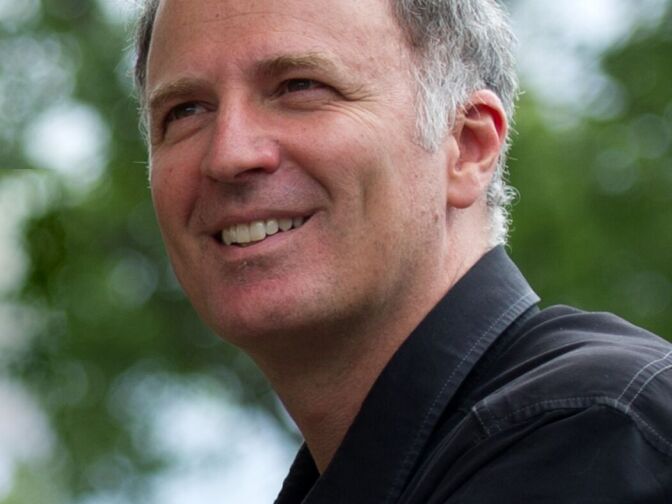'Rumble' documentary celebrates Native American impact on popular music
What do Jimi Hendrix, Charley Patton and Buffy Sainte-Marie have in common? As a new documentary points out, they’re all musicians of Native American heritage.
“Rumble: The Indians Who Rocked the World” tells the story of how Native Americans influenced the sound of popular music, from the earliest days of the recording industry to the present.
The film gets its name from one of the most iconic songs in rock ’n’ roll history — "Rumble" by Link Wray. He was a half-Shawnee from North Carolina who, as the documentary reveals, has inspired generations of rock musicians and guitar players.
Rumble trailer
It took co-directors Catherine Bainbridge and Alfonso Maiorana four years to gather all of the interviews with musicians and scholars. The result is an in-depth look at an important side of music history that Maiorana says has been neglected for far too long.
You go through blues, rock, jazz, funk, punk — I mean, there's an influence there from the beginning. The only way to understand that history is to really understand the history of Native Americans. Unfortunately, people don't really care about that.
The Frame spoke with Maiorana from Montreal ahead of the Los Angeles premier of "Rumble."
Interview highlights
On where the idea to make the film came from:
Stevie Salas, who is an Apache and a great guitarist who's played along with Mick Jagger ... he met Brian Wright-McCleod, who wrote an interesting book called "The Encyclopedia of Native Music." [Salas] was interviewed for that book. I think that's when he realized so many Native Americans were out there, and he met Tim Johnson, who is a Mohawk here in Six Nations, in Toronto, Canada. They put up an exhibit at the Smithsonian in Washington [D.C.] to celebrate this contribution to popular music.
On the scene where Pura Fé, a Native American musician, finds similarities in Charley Patton's blues music to traditional Native American music:
Funny enough, it's one of the first scenes we ever filmed. I brought that album with me with a small record player, and it was a history lesson and music lesson right there. You just hear it and it seems so obvious. And let's just try to forget that it was actually called "blues," because before that it was just called "popular music." Charley Patton received that music heritage from somewhere. The drumming — the way that he plays the guitar and drums at the same time. All of that is something else even before it was called blues. When you hear the way he sings and the way he projects his notes, and if you make that connection with traditional Native American music, it just makes so much sense.
Redbone Come and Get Your Love video
On how the band Redbone combined Native American rituals with mainstream rock music:
All the great musicians that we interviewed know about Redbone and their Native American roots. But so many others don't, thinking that maybe that was a performance like, "Hey, we're going to dress up this way." I think it's such a significant sequence in the film, because it really shows how exploring people's cultures and exploring these artists goes deeper than just a song. Find out who they are and where they come from.
On getting interviews with non-Native musicians such as Steven Tyler, Tony Bennett and Iggy Pop:
Catherine [Bainbridge] and I were amazed at how easy it was for them to agree to be on the project. They knew that this was something important and something of value to say. Iggy Pop was like a child talking about how Link Wray's "Rumble" got him to be a rock 'n' roll star.
Below is a playlist of songs by Native American artists featured in the film:




